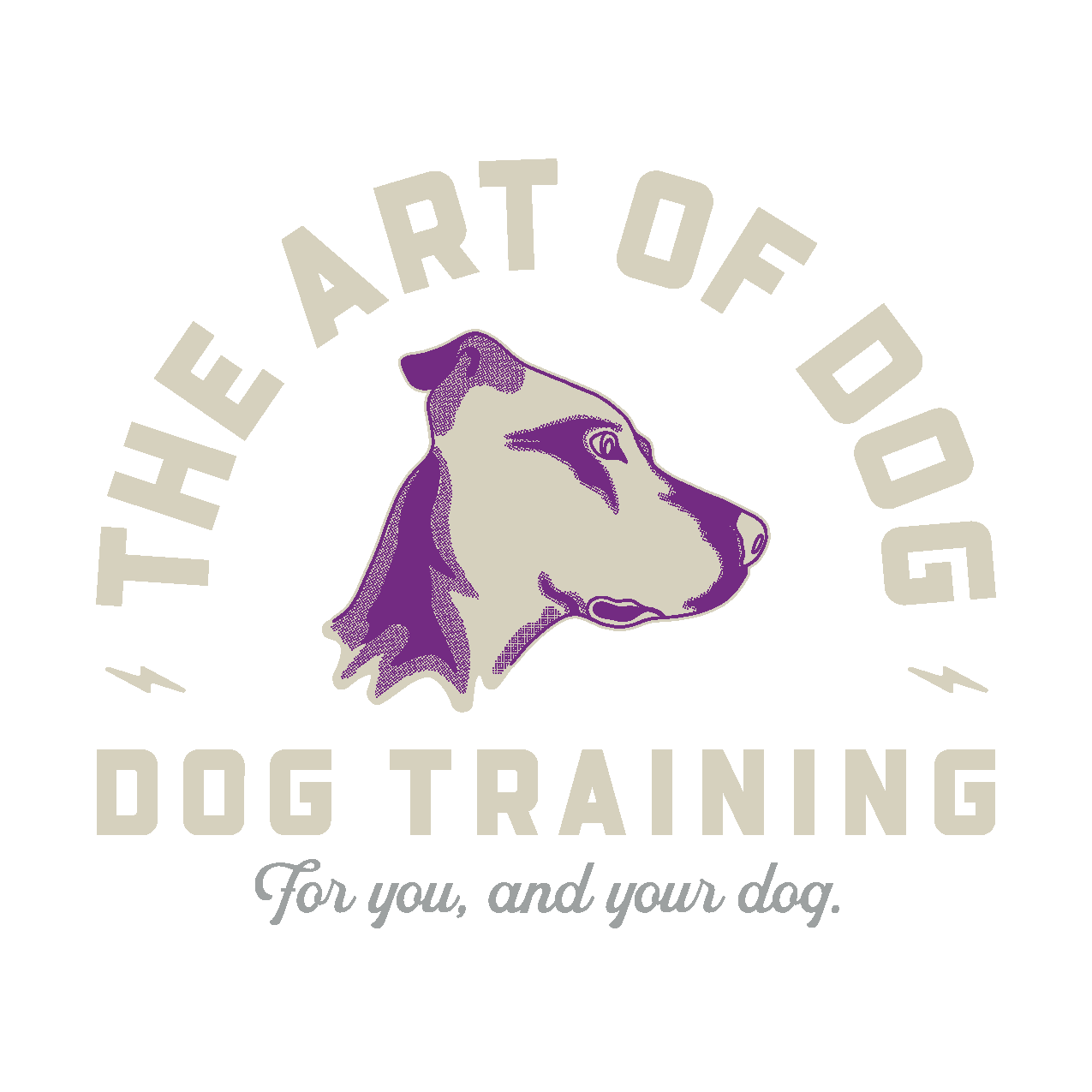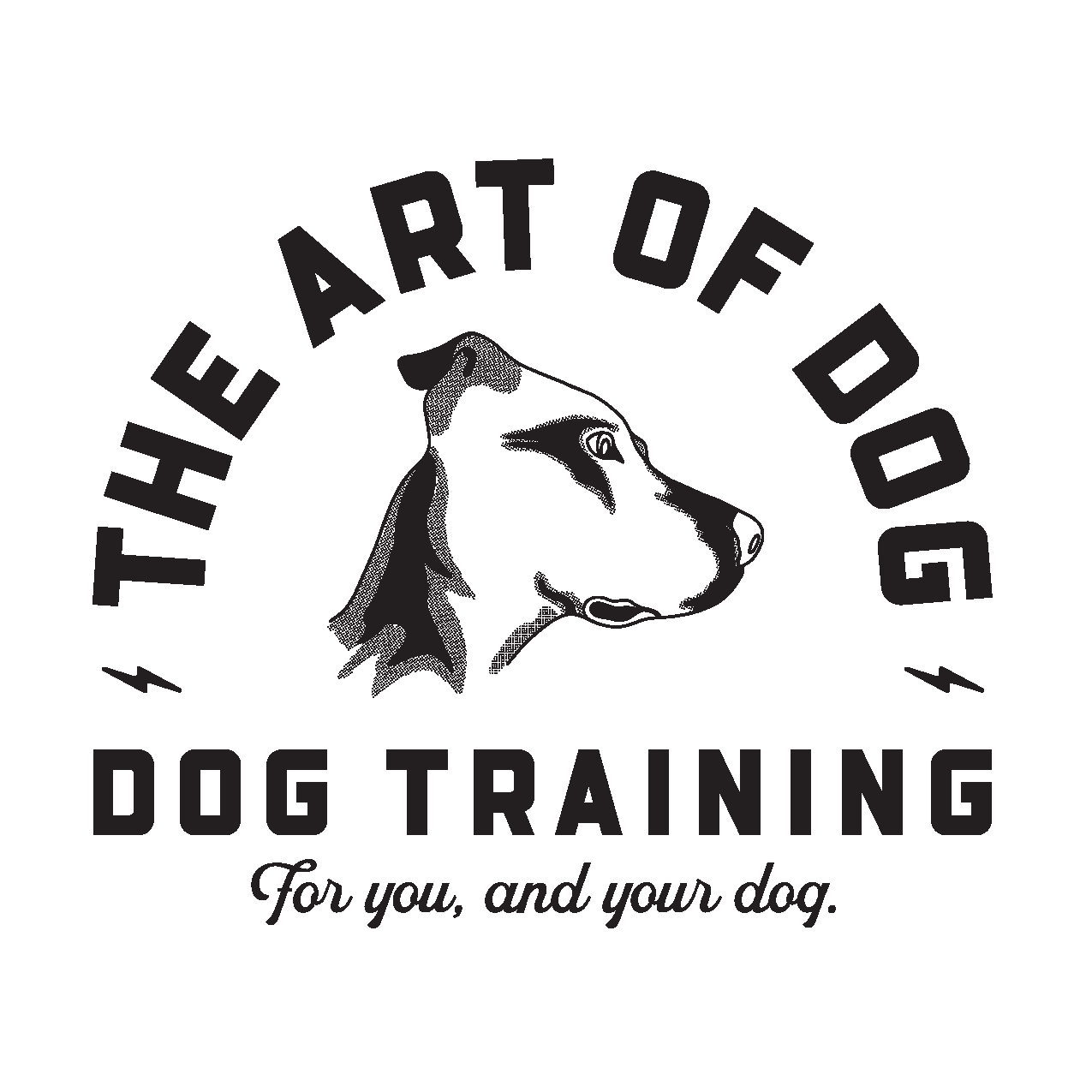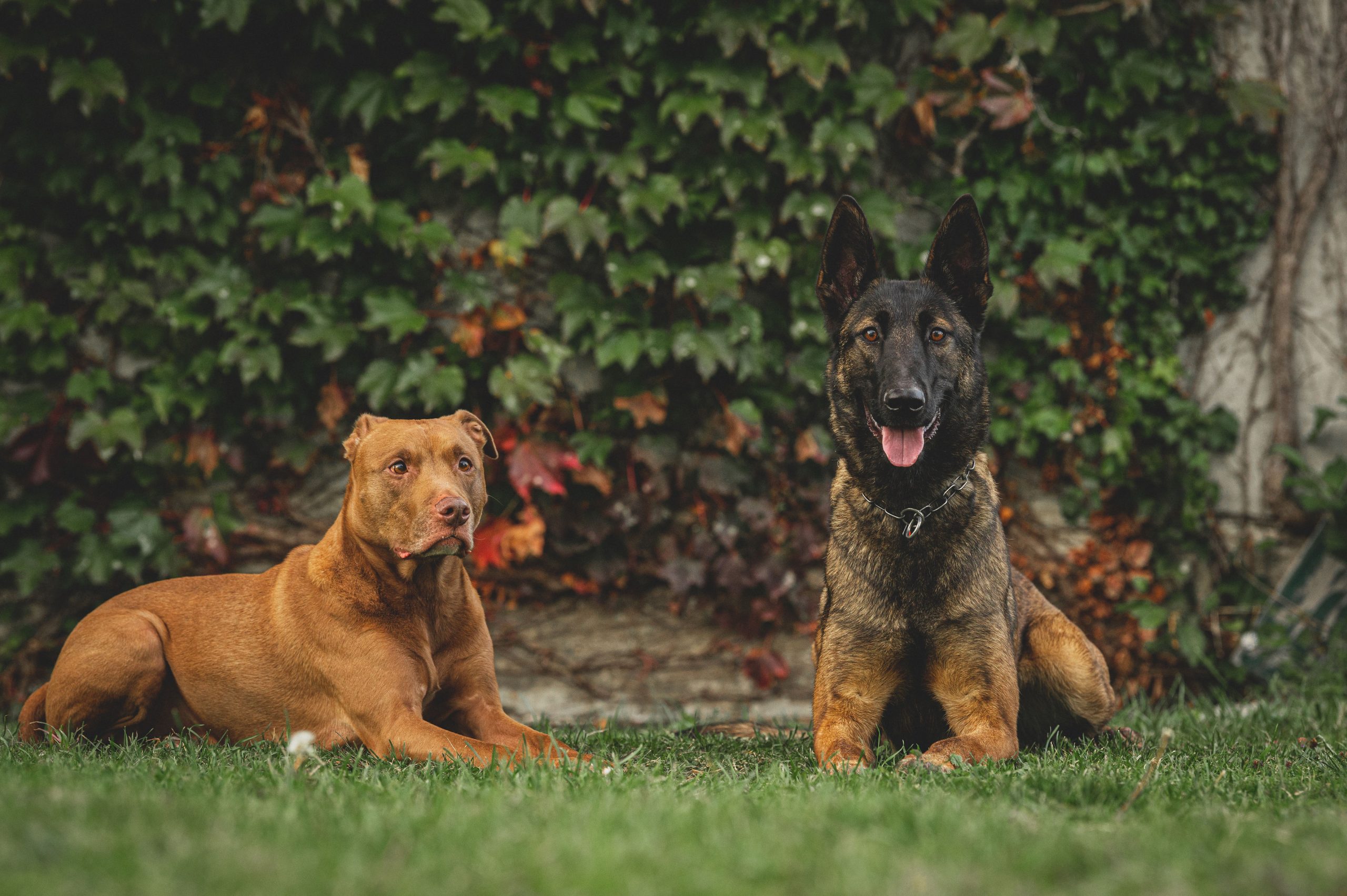How Do We Train Dogs? 6 Steps to a Better Relationship
When you’re ready to take the next step in your relationship with your dog-turned-best-friend, there are a lot of questions you’ll inevitably ask – and ones that we, as trainers, hear and do our best to answer along the way: Why do we train our dogs? What is the point of training our dogs? Are we training for a specific goal? Are we trying to create new behaviors or eliminate existing behaviors?
There are a few things I want you to understand right away: Training takes time. How much time? A trainer won’t know. That outcome is entirely depending on you, on your dog, and on you both together. Even when it might take a lot of time, I promise you we’ll get there. It’s why I started the Art of Dog, and it’s why myself and my team do what we do.
1. Start here and change the way you think about training.
So let’s start with you – the owner. I want you to change the way you think about dog training. Instead of looking at this journey as “We teach the dog to do this, and not do that,” I’d like you to begin thinking conceptually about training. Without sounding too cliche about it, this is a lifestyle. And you have to mean it. Think about all of the time and love you’ve already put into your dog; you haven’t come this far to come this far. With trust in your animal and your trainer, we’ll help you both get there.
2. Next, we change the way you communicate.
One of the goals of training is to teach you how to simply communicate with your dog so you’re not butting heads over just everything – harboring resentment because your dog just won’t listen or because they decided using the bathroom on the floor was a good idea won’t fix anything.
Just like people, in order to have a healthy, harmonious relationship, we have to have clear communication and clear expectations.
We first have to establish a method of communication with an animal that does not understand our language. This involves giving tangible meaning to the words we’ll be saying to our dogs and using all sorts of different signals in order to clarify these terms. Here, we set certain rules that cannot bend, nor can they break. These unbreakable labels will be different for everyone outside of your own home, but there are some cardinal sins – ones that you always want your dog to not just know, but obey relentlessly:
-Don’t bite people
-Don’t bite dogs
-Don’t run away from me
-Come to me when I call you.
Whatever the call is, the goal remains that same. We have to be able to communicate clearly and effectively, and they have to understand it.
3. Reframe your loving pet back into your obedient animal.
Let’s think about exactly what we’re dealing with when we’re in a one-on-one situation with a dog. It’s pretty simple; we’re dealing with an animal. It’s not a human being. Now, that doesn’t mean we can’t treat the dog with love, compassion, empathy. But you must think about the other signals that we’re sending to them and match that throughout the entire relationship – after all, you walk your dog on a leash, don’t you?
On a leash, your dog is trying to ingest the sights and sounds of the world, while it’s being pulled around by the neck by a bipedal organism yelling at them in a different language. And now you’re the one yelling on the sidewalk, frustrated and maybe embarrassed about your dog not listening. Sounds like the shit end of the stick to me. But that’s why you’re probably here thinking about seeking a dog trainer. Everything starts with the walk; if you can have an enjoyable walk with your dog that doesn’t result in cursing their existence, we’re off to the races! But, again…it takes time. It takes consistency. It takes clarity in communication.
4. Think about dog training like math. But the kind you can ace.
As we begin to think logically about training, we can boil it down to the most basic of logical equations; A+B=C. If you perform this behavior, this is how the dog responds, then that equals either a positive or a negative outcome from you.
If you run to me when I yell your name followed by the word “come,” the dog gets a a whole lot of loving. If they lunge and bark at this passing dog, you offer a leash correction. Now, with time and practice, we’ve set the expectations during our training that every time they do the things you don’t want them to do, there is a correction. And guess what? They catch on.
Please remember: Corrections are not personal! Let’s say that out loud together…Corrections. Are. Not. Personal. You’re not mad at the dog. You might be frustrated, but you are certainly not mad. They get that, too.
5. Don’t blame yourself, just move forward with help.
So how did you get into this situation where you need dog training in the first place? I’m willing to bet your dog has been asking for space, looking to you for guidance, for some leadership – long before they were put in a precarious situation – where they felt the appropriate response was to handle said situation for themselves. Dogs tend to generally make selfish decisions, often times which we view as “bad.” Jumping, barking, grabbing clothes with their teeth…what if I told you that your dog thinks this is perfectly acceptable? It makes them feel good, and MAYBE, this is just their way of communicating? Perhaps we should try and find some common ground with our dogs. I’d certainly prefer my dogs not bark at me, jump on me, grab my clothing with their teeth, so Ive created the rule structure that those are unbreakable rules…just don’t do it. That’s why we establish communication, treat them like the animal they are, think about training like linear logic, and stop kicking ourselves for having an imperfect pet. We just have to find the next step.
6. Be consistent with what you expect from your dog.
I want to make sure my dogs are safe and healthy. I do this by communicating to them what undesirable behaviors cannot exist within my lifestyle AND by creating desirable behaviors that fit in very well with my lifestyle. I call this concept “obedience.” It’s my new training technique I’ve been developing for years, and I think it’s relatively groundbreaking if I do say so myself (insert eye rolls from the dog men and women reading this).
But in all seriousness, we need to use our consistent, functional obedience, AKA creating desirable behaviors to mitigate the undesirable behaviors. If I ask my dog to go lay on their dog bed when a guest comes into my home, this prevents my dog from making a poor decision and jumping on my guests if they so choose to. If my dog goes to their dog bed and lays down, then jumping on my guests is what we would call an incompatible behavior. If we can establish clear guidelines that are reinforced time and time again, the next time a stranger walks through the door, the dog understands they’re required to have all four feet on top of their dog bed. How did we do that? It’s not magic or luck, and certainly not a one-week, quick fix. The answer is clear communication, consistent reinforcement, and understood expectations.
If you’re ready for a dog, you’re ready for dog training. Let’s get started.
How do you train dogs? Is the question I get most often. The answer is really a bit verbose, but we can try and narrow it down to something very clear and precise: Establish a method of clear communication. Then communicate effectively. Be patient. And love them for who and what they are. Dogs are complicated animals that are a huge part of our lives and they don’t speak our language, yet we show them the respect they give to us and others. That respect is teaching them how to live and flourish within the structure of your life, and vice versa.
Learn more about the Art of Dog’s dog training or board & train services, and let’s start the conversation. There’s no better time than now.



